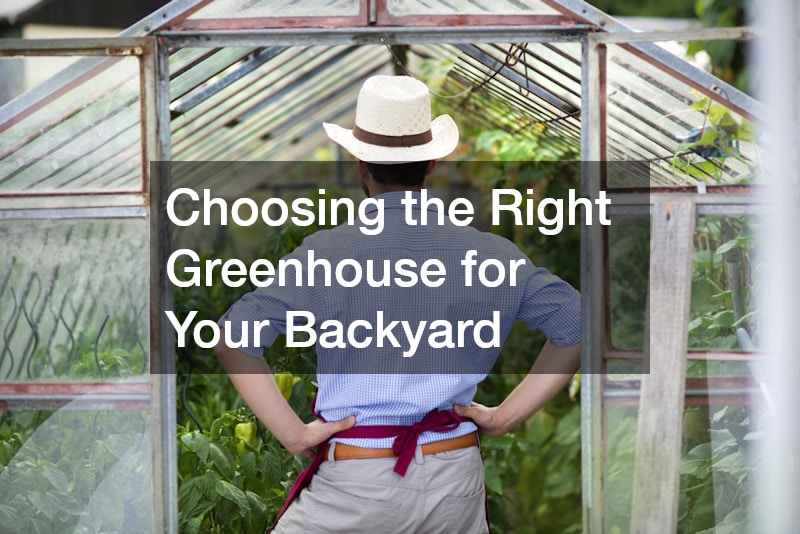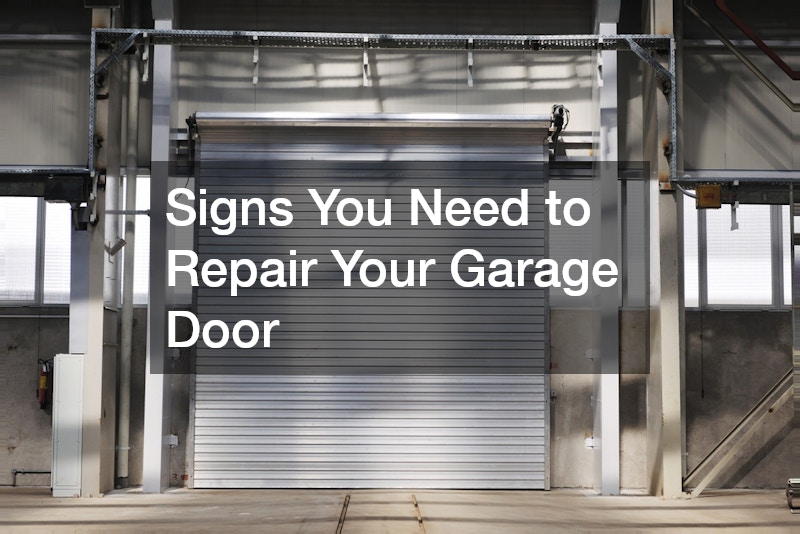As gardening enthusiasts increasingly look towards creating sustainable environments in their backyard, investing in a greenhouse becomes a top consideration. Greenhouses offer a controlled environment that can protect plants from harsh weather conditions while extending the growing season. Whether you are a hobbyist looking to grow exotic plants or a budding gardener interested in year-round cultivation, choosing the right greenhouse is critical.
This article aims to guide you through the essential factors to consider when selecting a greenhouse for your backyard. From understanding different greenhouse types to assessing your budgetary constraints, equipping yourself with the right information will help you make an informed decision.
Let’s explore some of the important aspects that can influence your choice of a greenhouse.
In the upcoming sections, we will delve into the various greenhouse materials, structural styles, and supplemental features that can tailor to your specific gardening needs. Understanding these elements will help ensure that your greenhouse not only meets your horticultural goals but also adds aesthetic value to your backyard. With numerous options available in the market, making the right choice requires careful consideration and planning.
Greenhouse Types
Greenhouses come in several shapes and sizes, from small hobby greenhouses to larger commercial installations. The most common types include freestanding greenhouses, lean-to greenhouses, and cold frames. Freestanding greenhouses are standalone structures that typically offer better air circulation and light penetration, making them a popular choice for serious gardeners.
Lean-to greenhouses, meanwhile, are built against an existing structure, making them ideal for spaces with limited room. They benefit from the heat and protection offered by the adjoining wall, which can be advantageous in colder climates. Cold frames are simple, box-like structures that serve as a stepping stone for those who wish to try out greenhouse gardening without a major investment.
Your choice among these greenhouse types will largely depend on your available space, budget, and gardening goals. Consider whether you need a portable option, like a cold frame, or if you have the room for a more permanent solution, such as a freestanding greenhouse. Each type presents its unique advantages and potential challenges, so understanding your needs will help steer you in the right direction.
Materials and Construction
The materials used in construction play a critical role in the performance and longevity of your greenhouse. Commonly used materials include glass, polycarbonate, and polyethylene film. Glass is a traditional choice, offering excellent light penetration and durability, though it can be expensive and more susceptible to breakage.
Polycarbonate panels, on the other hand, are lightweight and provide superior insulation, reducing the need for supplemental heating during cooler months. Polyethylene film is the least expensive option and is ideal for temporary or seasonal structures. However, it may need replacement every few years due to wear and tear.
In addition to the glazing material, the framing of the greenhouse also warrants consideration. Aluminum and galvanized steel are popular due to their structural strength and resistance to rust. Wooden frames, while aesthetically pleasing, require regular maintenance to prevent decay. The choice of materials will impact not only the initial investment but also the long-term upkeep of your greenhouse.
Features and Accessories
Beyond the basic structure, enhancing your greenhouse with the right features and accessories can optimize its functionality. Ventilation systems are crucial to regulate temperature and humidity levels, preventing the buildup of excessive heat. Automated vent openers can ease this process by adjusting vents based on ambient temperature.
Heating systems may be necessary in colder climates to maintain optimal growing conditions throughout the year. Options range from electric and gas heaters to more sustainable choices like geothermal heating. Additionally, incorporating shelves and benches maximizes space efficiency, allowing you to organize plants and materials effectively.
Consider installing drip irrigation systems to ensure consistent watering and reduce manual effort. Lighting fixtures, particularly in low-light areas or during winter, can help supplement natural light, fostering healthy plant growth. By thoughtfully integrating these features, you can tailor your greenhouse to meet specific horticultural requirements.
Choosing the right greenhouse for your backyard involves careful evaluation of various factors, including type, materials, and additional features. Each consideration carries implications for your gardening experience, from initial setup to ongoing maintenance. By aligning your choices with your specific needs, you can create an environment that supports thriving plant growth.
A greenhouse not only enhances your gardening capabilities but also contributes to environmental sustainability by extending growing seasons and reducing transportation emissions for plant produce. As you embark on your greenhouse journey, ensure to weigh both practical constraints and personal preferences. This balanced approach will lead to a rewarding investment in your gardening endeavors.
Remember that the right greenhouse should offer a harmonious blend of functionality and aesthetics, complementing your backyard while serving your gardening ambitions. With knowledge and thoughtful planning, you can select a greenhouse that transforms your backyard into a productive and beautiful sanctuary for plant life.




